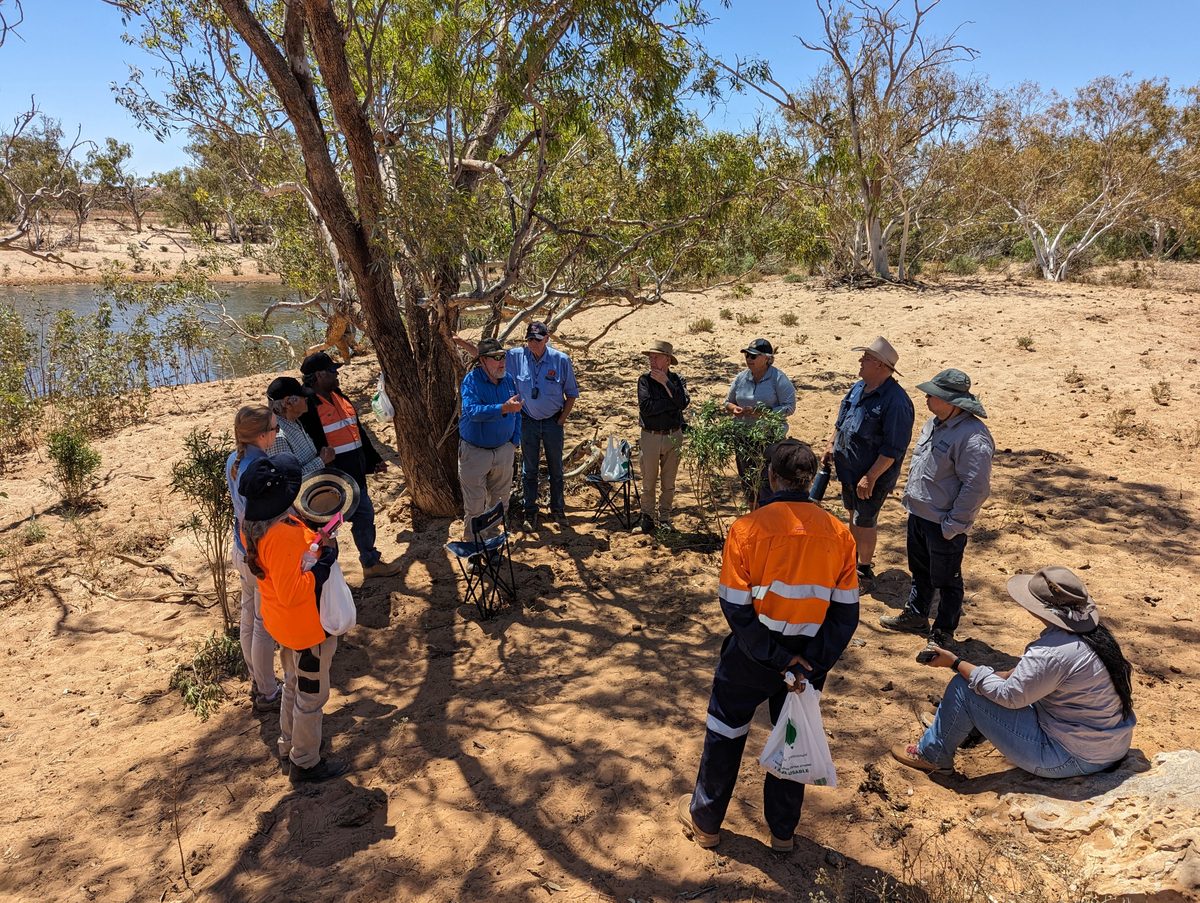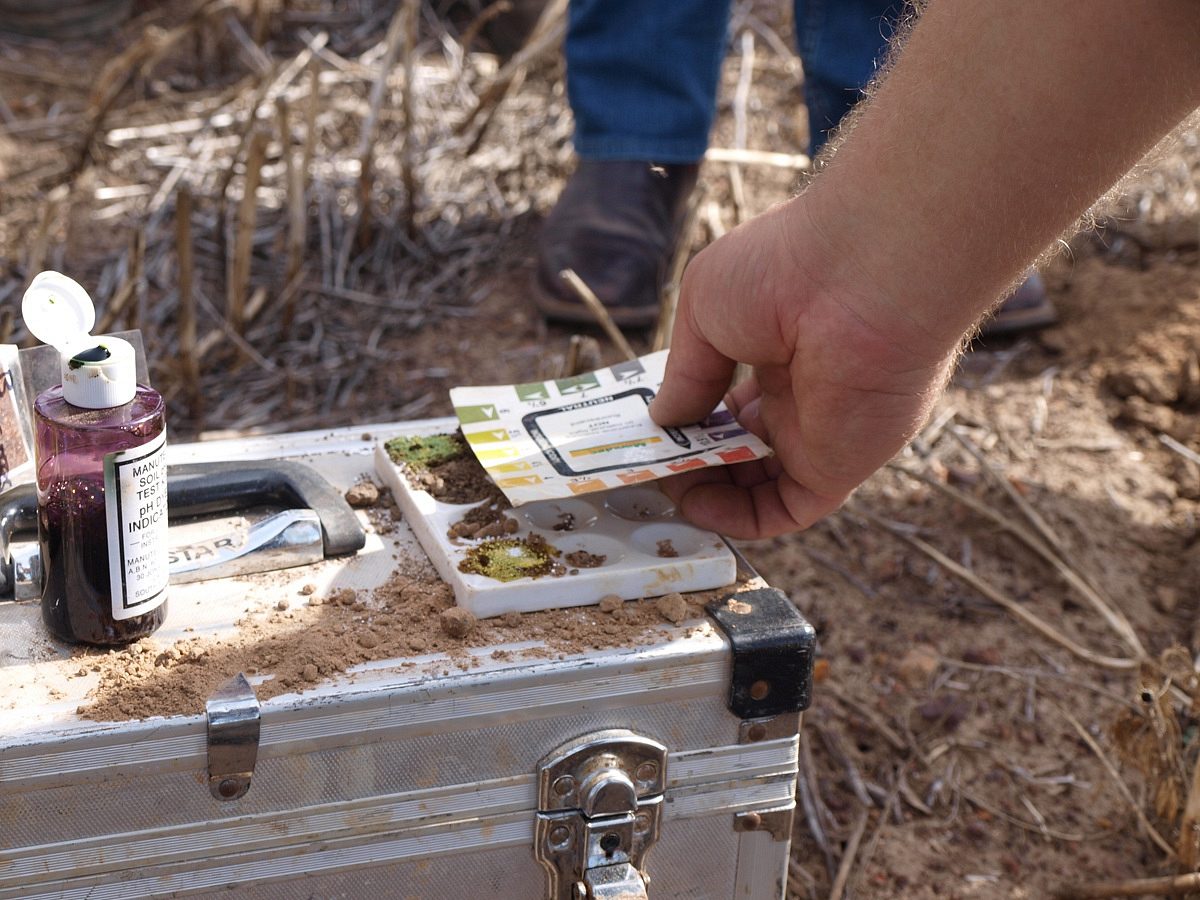Strong partnerships at the heart of landscape restoration in SA
From restoring vital habitats to protecting precious waterways, South Australia’s landscape boards understand that lasting environmental change is only possible through strong partnerships.
Across the state, Traditional Owners, landholders, scientists, volunteers, and industry are all working alongside landscape boards to care for the environment and support future generations.
Below, we showcase key partnerships that are making a real difference highlighting the strength, diversity, and local impact of collaborative action.
Protecting the ancient waters of the Great Artesian Basin
In the state’s far north, ancient mound springs, where groundwater from the Great Artesian Basin surfaces, are vital ecosystems and cultural sites. With around 5,000 springs across South Australia, the SA Arid Lands Landscape Board works with Traditional Owners, government, pastoralists, scientists, industry, and long-time stewards like the Friends of Mound Springs to protect these valuable natural assets.
The Friends group has spent nearly two decades documenting, monitoring, and educating the public about these rare environments. Their grassroots dedication highlights how enduring partnerships can preserve both ecological and cultural assets. Find out more about the work of the Friends of Mound Springs here.

Rejuvenating Clare Valley’s Riesling Trail corridor
In the Mid North, a local initiative is regenerating a key stretch of land beside the Clare Valley’s iconic Riesling Trail. The Northern and Yorke Landscape Board, Kilikanoon Wines, Clare & Gilbert Valleys Council, and the Riesling Trail Management Committee have joined forces to tackle invasive woody weeds and reintroduce native vegetation near Leasingham.
While much of the pest plant infestation along the 35-kilometre trail has been removed over the years, this latest partnership cleared another kilometre. Next, 800 seedlings will be planted by volunteers in July, breathing biodiversity back into the area.
More than beautification, this project enhances habitat, boosts community pride, and keeps the trail sustainable and scenic for generations to come.

Restoring habitat for threatened birds - ReBird the Ranges
ReBird the Ranges is a united effort to restore woodland bird habitat across the Mount Lofty Ranges, where 90% of native vegetation has been lost and many species are in decline.
The scale of this challenge is too great for any one group to tackle alone. That is why landscape boards have partnered with over 20 organisations, bringing together landholders, scientists, volunteers, and conservation groups to deliver coordinated, on-ground action.
From research to revegetation and community education, every partner plays a role in regenerating landscapes and building a more resilient future for birds and nature.
Learn more and view a full list of partners visit here.

Safeguarding Coffin Bay’s aquatic ecosystem
On the lower Eyre Peninsula, declining water quality in Coffin Bay spurred the creation of the Coffin Bay Water Quality Improvement Working Group in 2023. Led by the Eyre Peninsula Landscape Board, the group unites the Department for Environment and Water, Environment Protection Authority, Lower Eyre Council, Flinders University, the SA Oyster Research Council, and community representatives.
Key projects include improved stormwater management and revegetation to enhance catchment health. In parallel, Flinders University, backed by the Australian Research Council, is conducting a research project to classify and map aquatic habitats using over 200 video transects and water samples. This research will inform future conservation efforts and ongoing monitoring.
Together, these stakeholders are ensuring that ecological, cultural, and industry values are supported by sound science and local knowledge.

Power of partnerships deliver Marne Saunders report card
South Australia's first-ever report card for the Marne Saunders Catchment stands as a testament to the power of partnerships. More than 250 individuals and organisations contributed expertise and data, offering clear insights into water quality, biodiversity, and ecosystem health.
Driven by community demand for transparent environmental data, the report card was produced by the Murraylands and Riverland Landscape Board, with support from the Department for Environment and Water, Nature Glenelg Trust, Isobelle Campbell, Peramangk and Nganguraku Custodian, citizen science volunteers and the wider community.
It represents more than science, it is the product of shared responsibility by landholders, First Nations, industry, and volunteers. Supported by landscape levy funding, this initiative reflects how collaboration fosters transparency, action, and long-term care for the region - 250 partnerships strong and growing. Learn more about the report card here.

By bringing together Traditional Owners, researchers, landholders, industry leaders, and passionate volunteers, South Australia's landscape boards continue to prove that collaboration is at the heart of environmental progress. Through hundreds of partnerships, they are building healthy landscapes that are resilient, inclusive, and rich with life.


